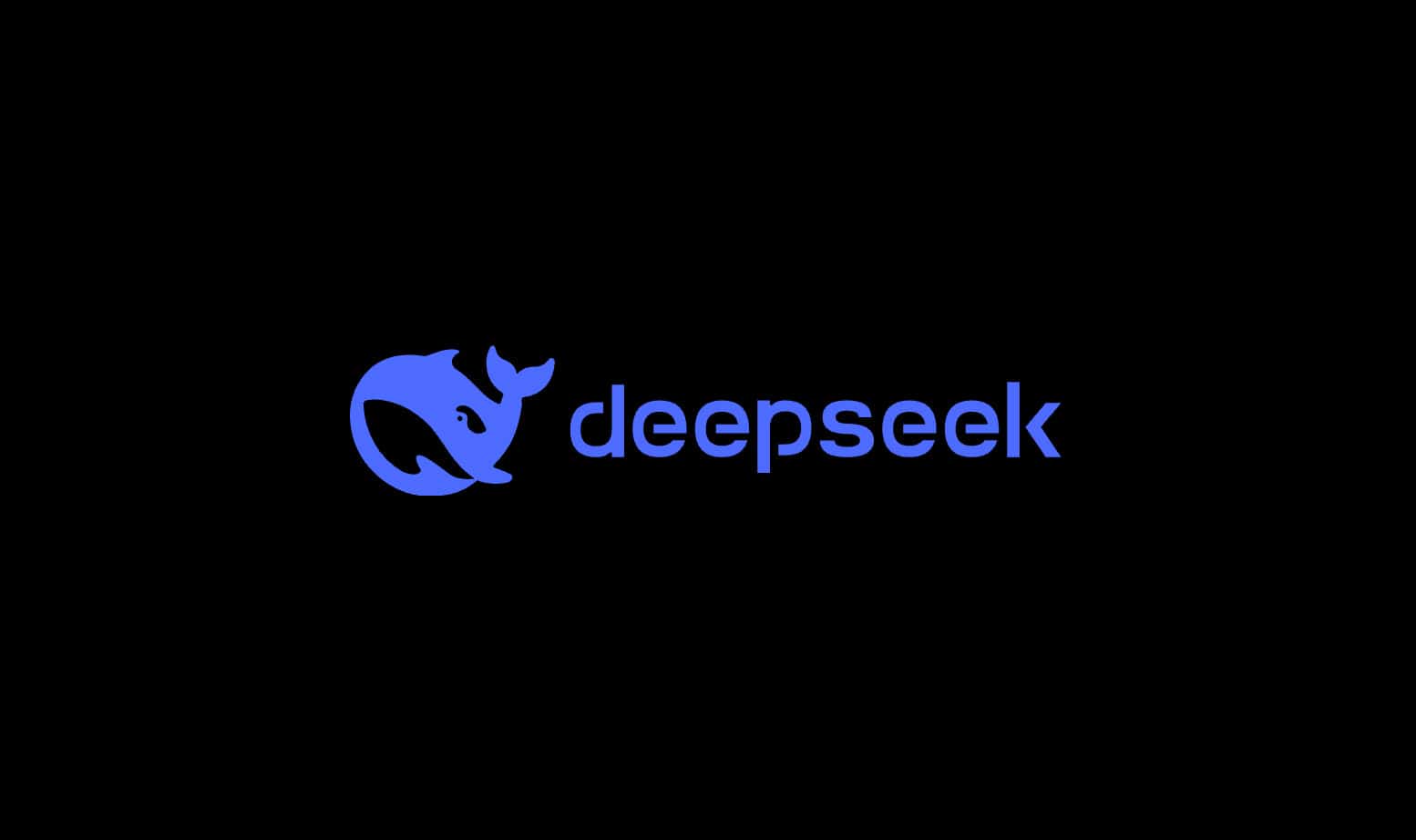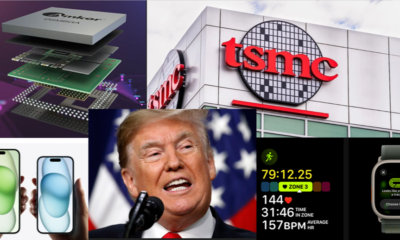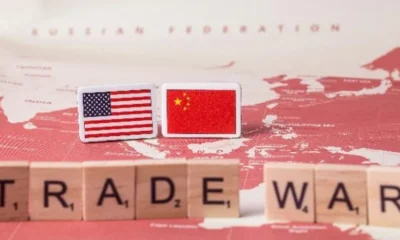Published
9 months agoon

DeepSeek, the Chinese AI startup that recently sent shockwaves through global equity markets, is wasting no time in pressing its advantage. After its budget-friendly AI model, R1, outperformed many Western rivals, the Hangzhou-based firm is now fast-tracking the launch of its successor.
Originally set for an early May release, the R2 model is now expected to debut much sooner, according to insiders familiar with the matter. While specifics remain under wraps, the company is focused on enhancing R2’s capabilities, particularly in coding and multilingual reasoning. This acceleration underscores China’s broader push to dominate the AI space, a move that is already prompting reactions from tech giants and regulators alike.
R1’s success was a wake-up call. Built with less-powerful Nvidia chips, it still managed to go toe-to-toe with models developed by U.S. tech behemoths that have invested hundreds of billions in AI research.
“The launch of DeepSeek’s R2 model could be a pivotal moment in the AI industry,” said Vijayasimha Alilughatta, COO of Indian tech firm Zensar. “It could break the monopoly of a few dominant players and force global companies to rethink their AI strategies.”
With U.S. policymakers already on high alert over China’s AI ambitions, DeepSeek’s rapid progress could fuel fresh concerns in Washington. Meanwhile, back in China, the startup is winning widespread support from companies eager to integrate its models into their products.
A Different Path to Success
DeepSeek’s founder, Liang Wenfeng, is no typical tech mogul. Born in a rural village in Guangdong in 1985, he earned a degree in communication engineering from the prestigious Zhejiang University. His career began in Shanghai, where he ran a research department at a smart imaging firm, quickly gaining a reputation for assembling top-tier algorithm engineers and fostering a non-hierarchical work culture.
That same philosophy now defines DeepSeek and its parent company, High-Flyer. Unlike many Chinese tech firms infamous for grueling “996” work schedules (9 a.m. to 9 p.m., six days a week), Liang’s companies stand out for their eight-hour workdays and collaborative atmosphere.
“He gave us autonomy and treated us as experts,” said former DeepSeek researcher Benjamin Liu. “Working there meant real ownership of projects, which was exciting.”
High-Flyer’s financial backing has been crucial. Even after Beijing’s crackdown on the hedge fund sector, the firm continues to manage billions, providing DeepSeek with the resources to innovate without immediate commercial pressures.

DeepSeek’s ability to deliver high-performance AI at a fraction of the cost isn’t just about smart coding—it’s backed by years of heavy investment in research and computing power. High-Flyer was an early adopter of AI-driven trading and, by 2020, had committed 70% of its revenue to AI research.
In 2020 and 2021, the firm spent 1.2 billion yuan on two supercomputing clusters. The second, Fire-Flyer II, was built with around 10,000 Nvidia A100 chips—critical hardware for training advanced AI models. This raised eyebrows among Chinese regulators at the time, but they ultimately allowed the purchases. That decision proved pivotal: when the U.S. banned exports of A100 chips to China in 2022, DeepSeek already had what it needed.
Despite Beijing’s current enthusiasm for DeepSeek, authorities have urged Liang to keep a low profile. “Too much media hype could attract unnecessary attention,” said one source familiar with official thinking.
Speculation about DeepSeek’s computing resources has also drawn global scrutiny. Some Western AI leaders, like Scale AI’s CEO Alexandr Wang, have suggested that the company possesses as many as 50,000 high-end Nvidia chips. While no proof has been provided, two former DeepSeek employees believe the startup’s real strength lies in its cost-efficient AI architecture.
DeepSeek has heavily leveraged techniques like Mixture-of-Experts (MoE) and Multihead Latent Attention (MLA), which optimize computing efficiency. By activating only relevant parts of the AI model for specific queries, MoE slashes processing costs. MLA, on the other hand, allows models to process multiple aspects of information simultaneously, improving reasoning ability.
DeepSeek’s cost advantage is staggering—its AI services are reportedly 20 to 40 times cheaper than OpenAI’s. This is already shifting industry pricing strategies: OpenAI recently cut prices, while Google’s Gemini introduced more affordable access tiers. Even OpenAI’s new O3-Mini model appears designed to counter cost-effective rivals like DeepSeek.

Xi Jinping Won Over
Even before R1 made global headlines, Beijing had already taken note of DeepSeek’s potential. In January, Liang was handpicked as the AI industry representative for a high-profile meeting with Premier Li Qiang—an honor typically reserved for executives from China’s biggest tech firms.
R1’s success only solidified DeepSeek’s standing. The Chinese government now sees the company as a prime example of how China can outmaneuver the U.S. in AI innovation. Adoption of DeepSeek’s technology is spreading fast—at least 13 city governments and 10 state-owned energy firms have integrated its models. Even giants like Lenovo, Baidu, and Tencent (owner of WeChat) have jumped on board.
“When Xi Jinping and Premier Li signal their support for something, everyone else follows suit,” said Alfred Wu, an expert on Chinese policymaking at Singapore’s Lee Kuan Yew School of Public Policy.
DeepSeek is now a critical piece of China’s AI ambitions, and its upcoming R2 model could further reshape the competitive landscape. With its rapid advancements, cost advantages, and state backing, DeepSeek isn’t just challenging Western AI leaders—it’s forcing them to rethink the future of artificial intelligence.



Taiwan’s ‘Historic’ TSMC Deal, A Win Or The End Of Its ‘Silicon Shield’ As China Threatens? A Jittery Taiwan Watches Trump’s Moves On Ukraine, Wondering, Could We Be Next?


A Trade War That Just Won’t Quit. As Trump’s Tariffs Hit, China Stays The Course, For Xi’s Its Business As Usual Strategy


Indian Stock Market In Turmoil. Investors In Panic Mode, Is This A Temporary Correction Or The Start Of A Bear Market?


America And China’s Thirst For Gold In 2025 Is Draining Other Countries’ Reserves; Here’s Why?


Shakeup In The Auto Sector. Mercedes-Benz 15% Job Cuts, Nissan CEO Exit, And Germany’s Make-Or-Break Year


Germany’s Friedrich Merz’s Big Balancing Act—Trump, Borders & Europe’s Future. Can He Deliver?